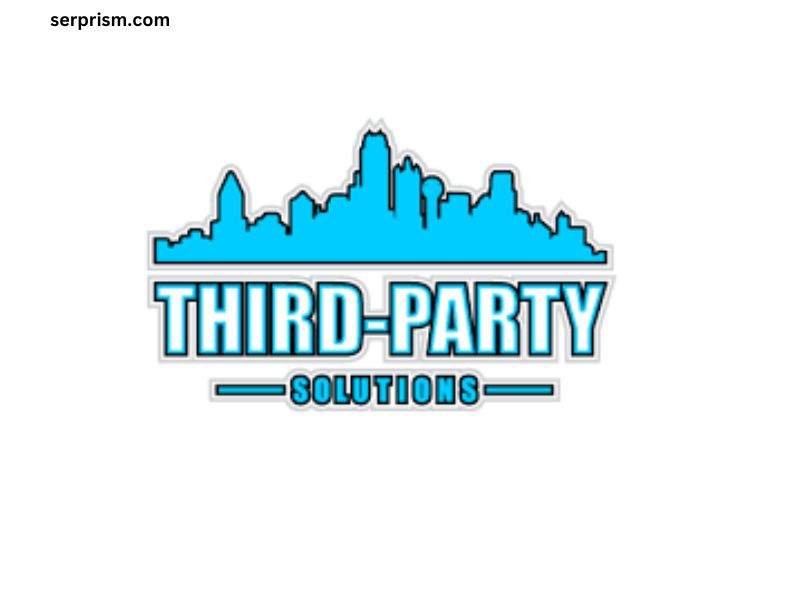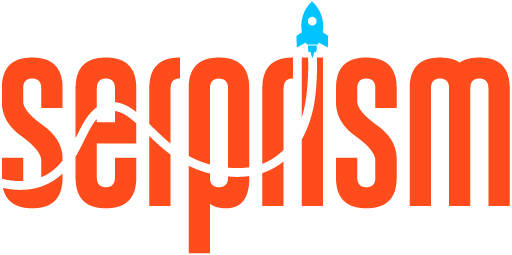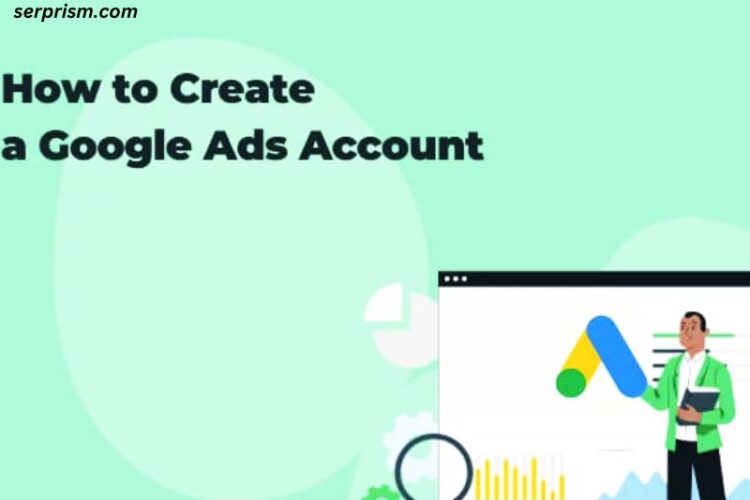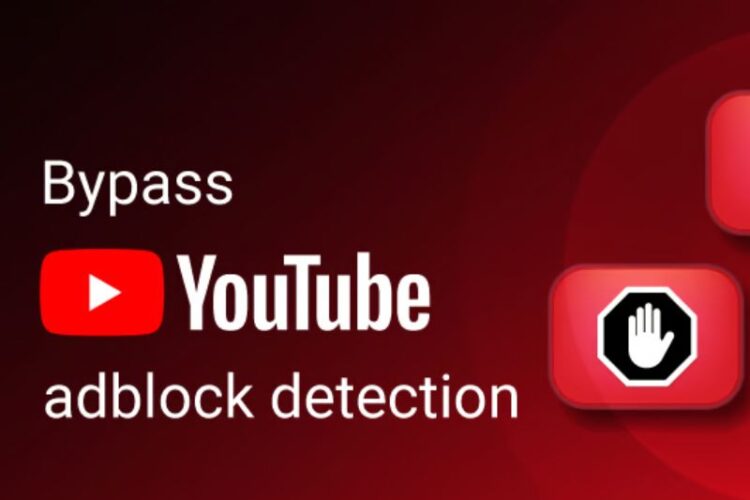
A third-party site mentioned in a profile description can refer to various contexts, but typically, it implies a website or online service that is not directly affiliated with the primary platform where the profile is hosted. These third-party sites can be used for various purposes, including linking to personal websites, promoting products, or providing additional information about the user. In this article, we’ll explore the significance of third-party sites in profile descriptions, their benefits and potential risks, and best practices for including such links.
Introduction to Third-Party Sites in Profile Descriptions
In today’s digital age, personal and professional online profiles serve as the modern-day resume, portfolio, or even a virtual business card. Whether you’re on social media, a professional networking site like LinkedIn, or a dating platform, your profile is a representation of who you are, what you do, and what you stand for.
To enhance this representation, users often link to third-party websites in their profile descriptions. These could be personal blogs, company websites, portfolios, social media accounts, or other external resources that provide more in-depth information about the user. For example, a graphic designer might link to their Behance portfolio, or a content creator might link to their YouTube channel.
The Role of Third-Party Sites
The inclusion of third-party links in profiles serves multiple purposes:
- Supplemental Information: Profiles often have character limits or specific formats that restrict how much information can be shared. Linking to a third-party site allows users to bypass these limitations and offer a more comprehensive view of their work, interests, or personality.
- Validation: Linking to well-known or credible third-party sites can add legitimacy to a profile. For instance, a link to a personal website or a professional portfolio can validate the claims made in the profile, such as experience or skills.
- Networking and Opportunities: Third-party sites can serve as gateways to networking opportunities or potential business. For example, a link to a professional blog can attract like-minded individuals or potential clients who are interested in the content shared.
- Content Promotion: For content creators, influencers, or businesses, linking to third-party sites is a way to drive traffic and promote their content, products, or services. This can be crucial for building an audience or customer base.
Benefits of Linking to Third-Party Sites
Linking to third-party sites in your profile description can have numerous benefits:
- Expanded Reach: By linking to an external site, you can direct traffic from your profile to other platforms where you may have a presence. This cross-promotion can help in growing your audience across different platforms.
- Showcase Expertise: If you have specialized knowledge or skills, linking to a website or blog where you share insights can demonstrate your expertise. For professionals, this can be a powerful tool for establishing authority in your field.
- Enhanced Engagement: Third-party sites often offer interactive elements like blogs, forums, or social media feeds that can engage visitors in ways that a static profile cannot. This engagement can lead to a deeper connection with your audience.
- Increased Credibility: A well-maintained third-party site, such as a professional portfolio or a company website, can lend credibility to your profile. This is particularly important in professional contexts, where trust and reputation are key.
- Personal Branding: Linking to a personal website or blog allows you to create a cohesive personal brand. You can control the narrative and design of your personal website, which might not be possible on other platforms.
Potential Risks and Challenges
While linking to third-party sites has its advantages, there are also potential risks and challenges that users should be aware of:
- Security Risks: Not all third-party sites are secure. Linking to a site that has been compromised or is prone to malware can put your profile and visitors at risk. It’s important to ensure that any site you link to is secure and trustworthy.
- Privacy Concerns: When linking to personal websites or social media profiles, you might inadvertently share more personal information than intended. It’s crucial to consider what information is publicly accessible and whether it aligns with your privacy preferences.
- Brand Inconsistency: If the third-party site you link to doesn’t align with the brand or image you’re trying to project, it could create confusion or even damage your reputation. Consistency is key to effective personal or professional branding.
- Link Rot: Over time, links to third-party sites can become outdated or broken. This phenomenon, known as link rot, can diminish the effectiveness of your profile and frustrate users who click on dead links.
- Platform Policies: Some platforms have strict policies regarding external links, especially if they are perceived as promotional or spammy. It’s important to understand the platform’s guidelines to avoid potential penalties or account suspension.
Best Practices for Including Third-Party Links
To maximize the benefits of linking to third-party sites while minimizing risks, here are some best practices:
- Choose Reputable Sites: Only link to reputable, secure, and well-maintained third-party sites. This not only protects your profile but also ensures that visitors have a positive experience when they click on your links.
- Keep Links Updated: Regularly check the links in your profile to ensure they are still active and relevant. Replace any outdated or broken links with current ones to maintain the integrity of your profile.
- Align with Your Brand: Ensure that the third-party sites you link to align with your personal or professional brand. The design, content, and overall message of the external site should complement your profile.
- Use Descriptive Anchor Text: Instead of using generic phrases like “click here,” use descriptive anchor text that clearly indicates what visitors can expect when they click the link. For example, “View my portfolio on Behance” is more informative than “click here.”
- Be Mindful of Privacy: Consider the privacy implications of linking to personal social media profiles or websites. Ensure that you are comfortable with the level of information that is publicly accessible.
- Understand Platform Policies: Familiarize yourself with the linking policies of the platform where your profile is hosted. Avoid excessive linking or promoting products if it violates the platform’s terms of service.
Examples of Effective Third-Party Links
Here are a few examples of how third-party links can be effectively used in different types of profiles:
- Professional Networking (LinkedIn): A software developer might link to their GitHub repository, showcasing their code and projects. This not only validates their technical skills but also allows potential employers to see their work firsthand.
- Creative Portfolio (Behance/Dribbble): A graphic designer might link to their personal website where they have a more extensive portfolio, client testimonials, and a blog discussing design trends. This creates a more comprehensive view of their capabilities.
- Social Media Influencer (Instagram/Twitter): An influencer might link to their YouTube channel or blog where they share longer-form content. This helps in driving traffic to platforms where they can monetize their content.
- E-commerce (Etsy/Shopify): A small business owner might link to their online store where they sell products. This directs potential customers from their social media profiles to a platform where they can make purchases.
- Personal Branding (Personal Website): An entrepreneur might link to their personal website, which includes their biography, a blog, and links to media appearances. This serves as a hub for all their professional activities and achievements.
Conclusion
Incorporating third-party sites into your profile description can significantly enhance your online presence. Whether you’re looking to showcase your expertise, promote your content, or build your personal brand, third-party links offer a valuable tool for extending your reach and influence. However, it’s important to approach this practice with caution, ensuring that the sites you link to are reputable, secure, and aligned with your goals. By following best practices and staying mindful of potential risks, you can effectively leverage third-party links to create a more dynamic and impactful online profile.




